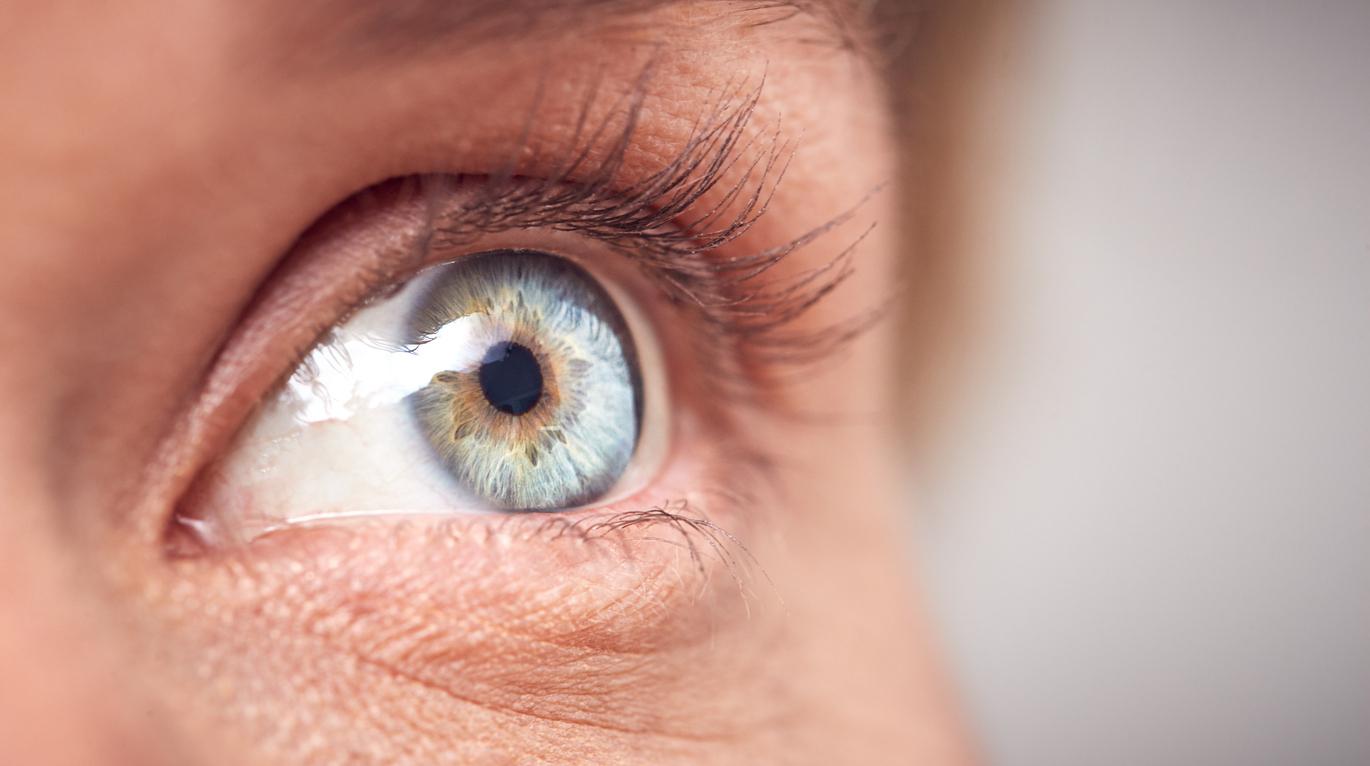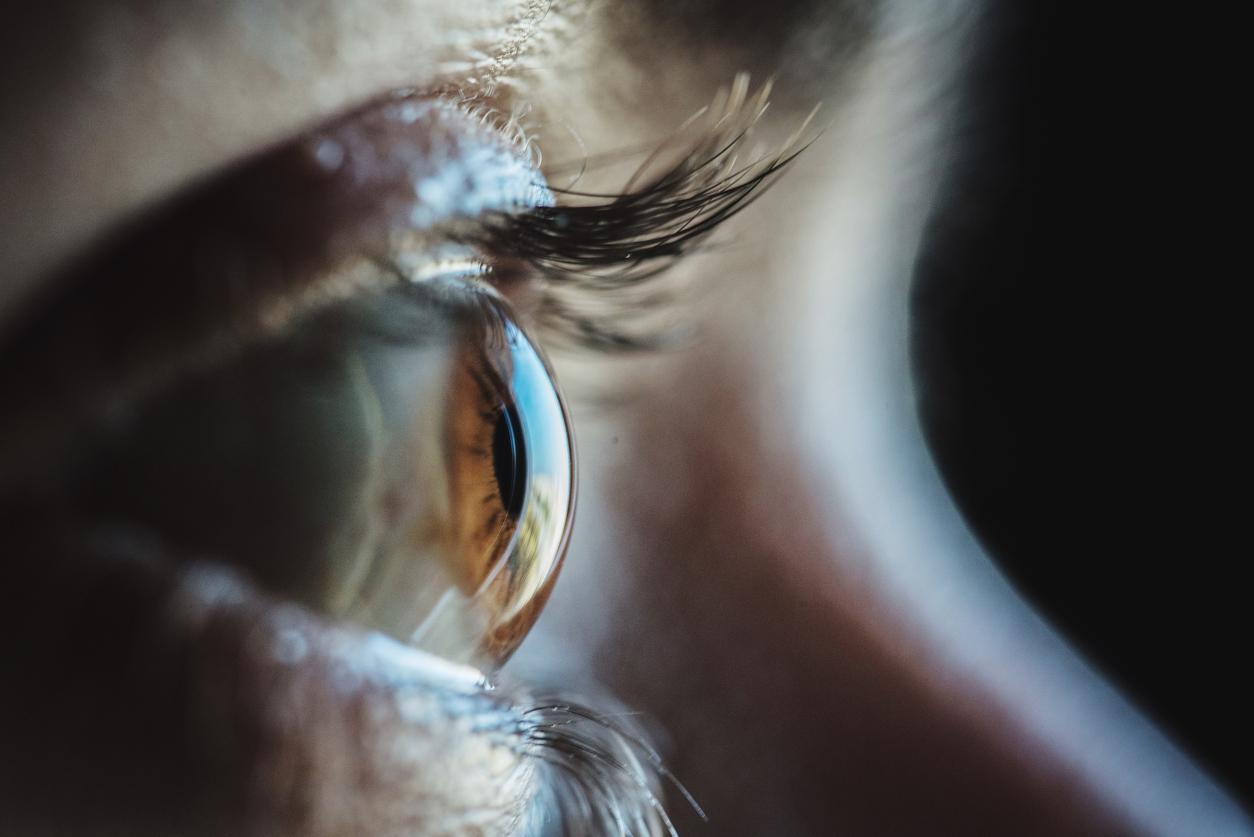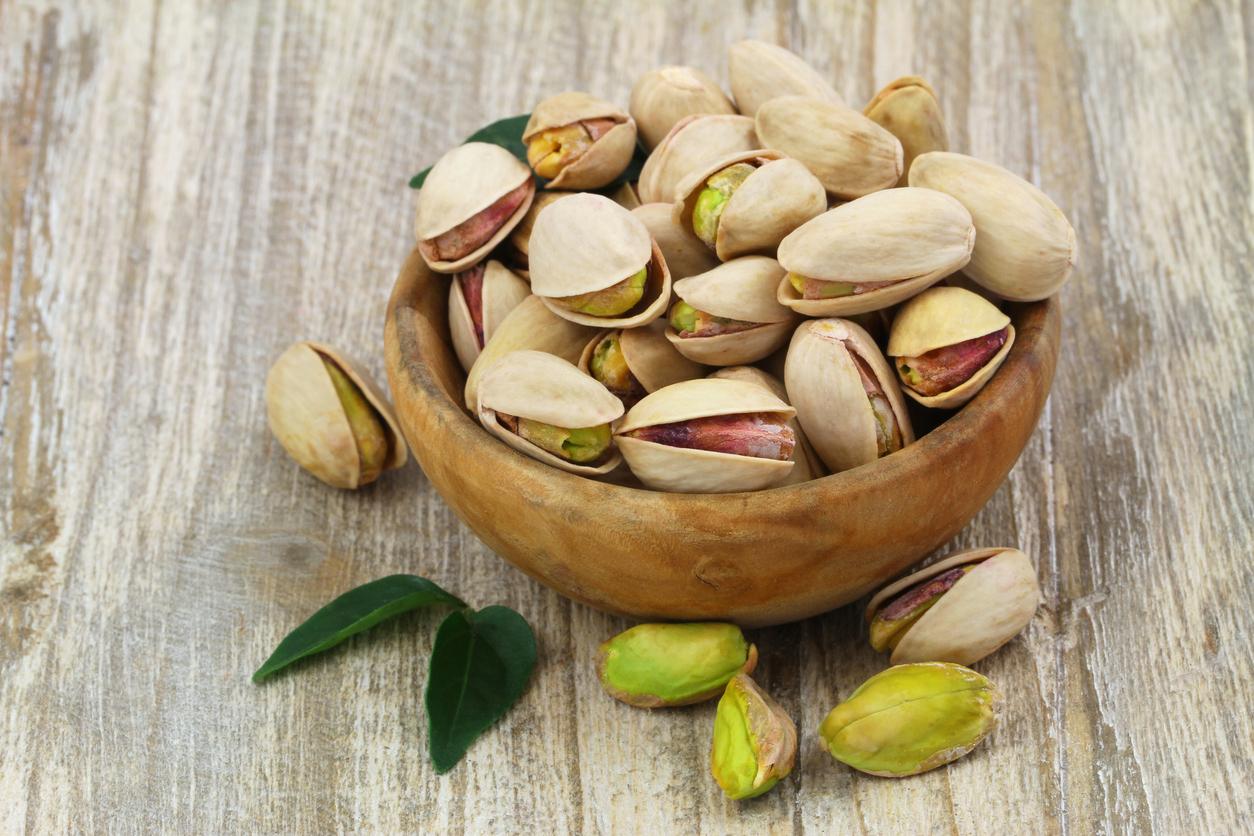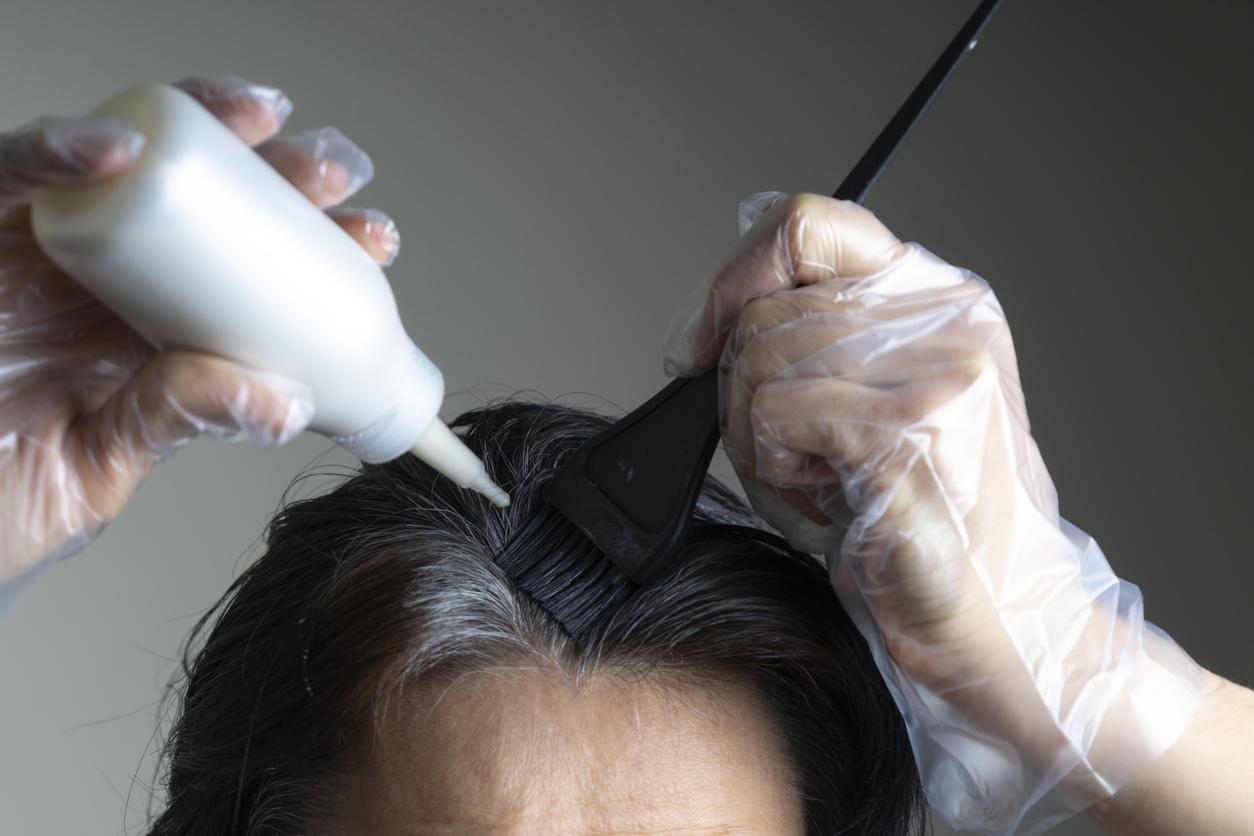Diabetic retinopathy is a serious complication of type 2 diabetes: it occurs when excess sugar in the blood (chronic hyperglycemia) causes the small blood vessels (capillaries) in the retina to rupture and then burst. Diabetic retinopathy affects about 50% of patients and is the leading cause of blindness after the age of 65.
Researchers at the University of Oklahoma (in the United States) may have just discovered a way to prevent the visual disturbances that are the first signs of diabetic retinopathy. In their work (published in the specialized journal The American Journal of Pathology), scientists say that vitamin A supplementation would preserve the vision of people with diabetes.
To reach this conclusion, the American researchers worked with 3 groups of mice: the first group (composed of diabetic mice) received an injection of retinaldehyde – one of the 3 forms of vitamin A. The second group (also composed of of diabetic mice) received a placebo. The third group (of non-diseased mice) was a “control group”.
Vitamin A, essential for the proper functioning of the eyes
Verdict? The mice in the first group (which received vitamin A supplementation) had better vision than the mice in group 2. “Our hypothesis is that diabetes causes disturbances in the metabolism of vitamin A, which favors the visual disturbances that herald diabetic retinopathy.“explain the researchers.
If additional studies are obviously necessary to confirm these results, this work emphasizes the importance of vitamin A in the diet. The best sources of vitamin A are: beef liver, sweet potato, spinach, carrots, mango, pumpkin, dandelion, apricot, and melon.
Without forgetting the cod liver oil: 1 tsp. to s. (15 ml) of this unappetizing food provides 15,000 international units (IU) of vitamin A, while the recommended daily allowance is around 2400 IU for women!
Source: French Federation of Diabetics (FFD)
Read also :
Alzheimer’s disease: fill up on vitamin A
10 ideas for slimming fruit desserts
The 10 foods richest in vitamin D















